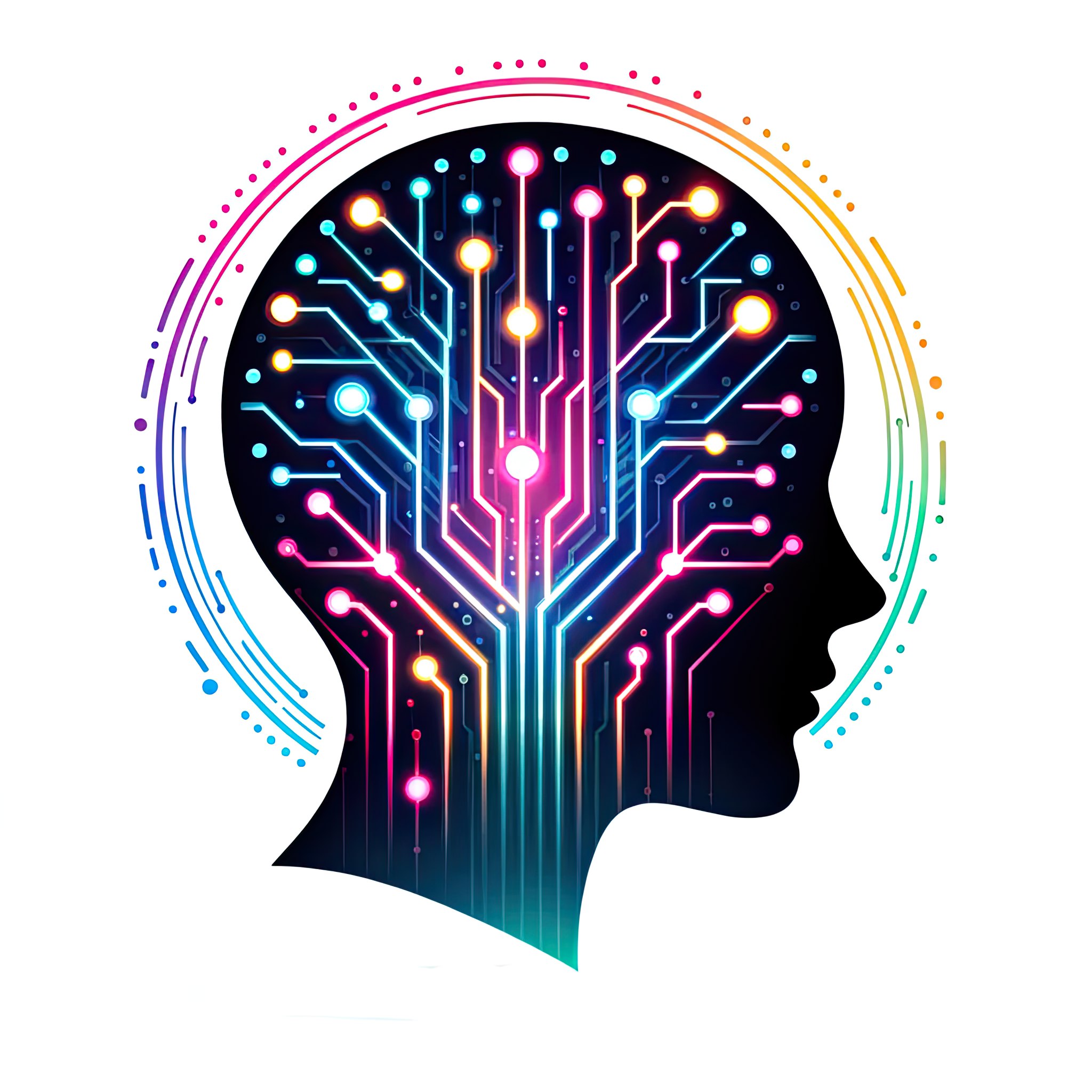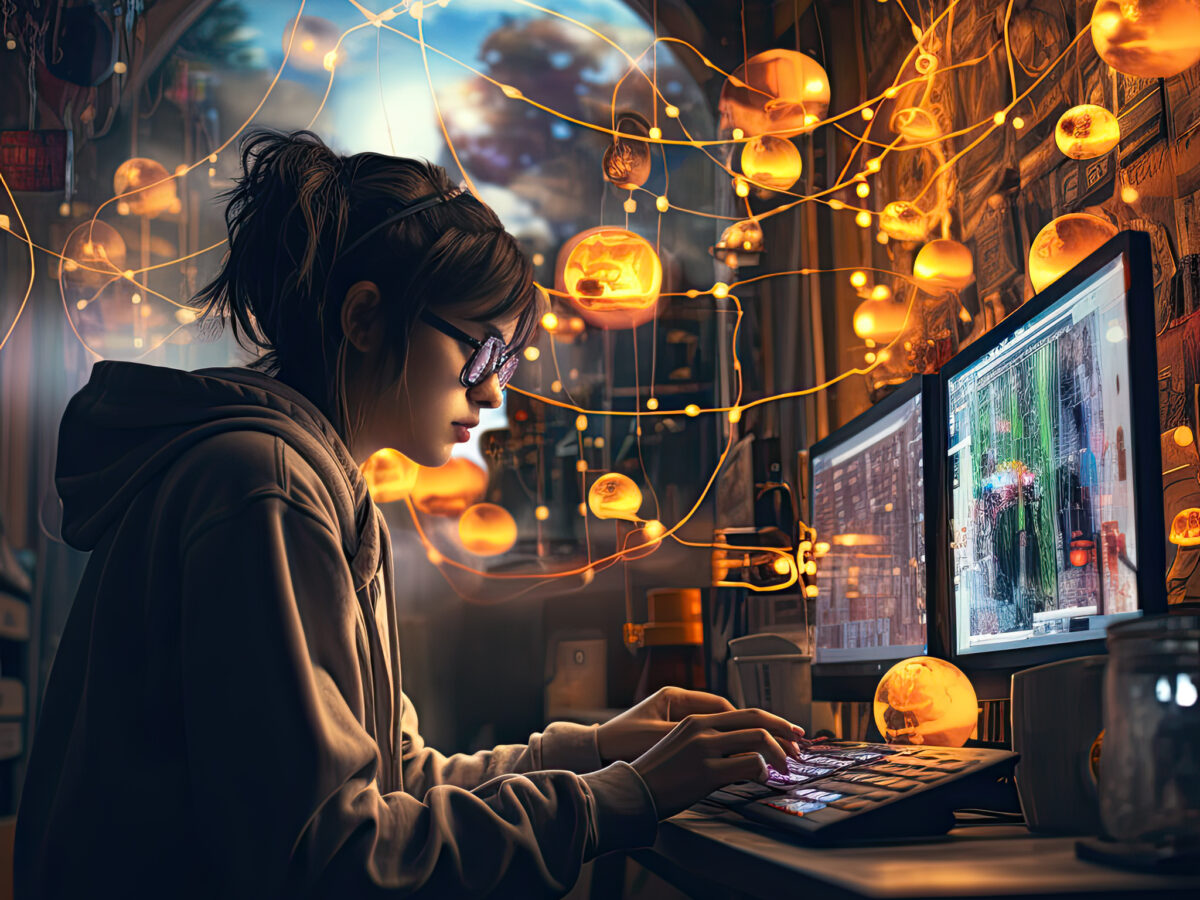Art has always mirrored society and its evolutions. With the advent of digital technologies, art discovered new horizons and modes of expression, giving birth to digital art. This artistic form, harnessing the capabilities of digital technologies, has paved the way for original and innovative works, often beyond traditional human imagination.
But what happens when digital art meets generative artificial intelligence?
Generative Artificial Intelligences: Beyond Mere Imitation
Contrary to popular belief, generative artificial intelligences don’t merely replicate existing artistic styles. They are capable of inventing new forms and combinations, pushing the boundaries of creativity far beyond what was previously conceived. This ability to generate unique content, be it images, sounds, or texts, represents a revolution in the contemporary artistic landscape.
Collaboration between Man and Machine
The future of digital art will see an increasing interaction between artists and artificial intelligences. Artists will not view these intelligences as threats but as opportunities: powerful tools, inexhaustible sources of inspiration, or even partners in artistic creation. This collaboration could lead to works that transcend the individual capabilities of both man and machine.
An Interactive Experience for the Audience
Art generated by artificial intelligence also offers new dimensions of interaction for the audience. No longer mere spectators, observers can become co-creators, modifying, personalizing, or even contributing to the creation of artworks. This interactive dynamic could redefine the traditional concept of “artistic consumption.”
Ethical and Aesthetic Questions
However, the rise of generative artificial intelligences in digital art also raises profound questions. If a piece of art is autonomously created by an artificial intelligence, who holds the rights? And what aesthetic and ethical value should be attributed to a piece of art devoid of human intervention?
The Value of Classic Visual Arts
As the digital realm becomes increasingly dominated by generative AIs, it’s essential for humans to reconnect with the roots of visual arts. Classic forms like painting and sculpture offer a tactile and personal experience that digital platforms can’t replicate. Engaging with these traditional mediums can provide a grounding sense of authenticity and a reminder of the human touch in creativity. It’s a realm where human emotion, intuition, and physicality play a central role, and where the essence of human expression remains unchallenged.
Conclusion
Digital art, ever-evolving, reflects the rapid changes of our technological and cultural world. Generative artificial intelligences, with their revolutionary potential, are redefining the artistic landscape, promising an even more astonishing, stimulating, and engaging future for digital art. Yet, the timeless allure of classic visual arts remains a testament to the enduring spirit of human creativity.
All images and all text in this blog were created by artificial intelligences

